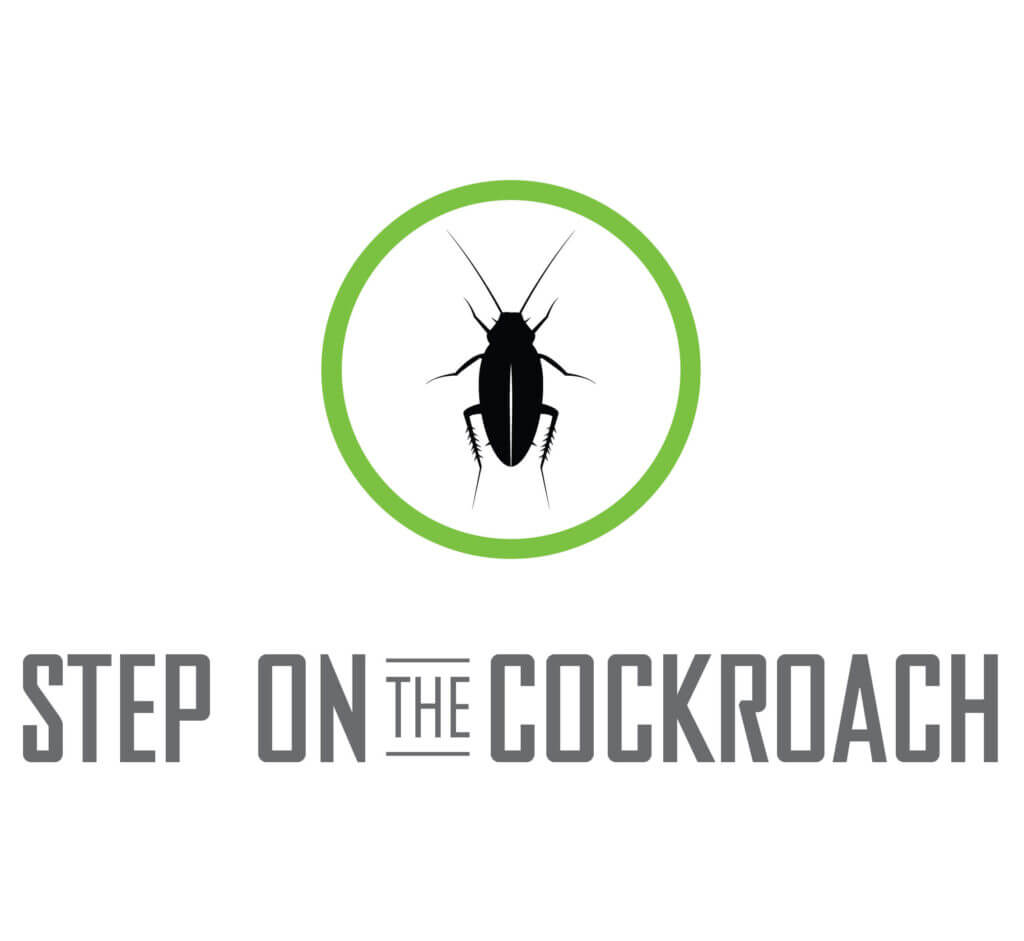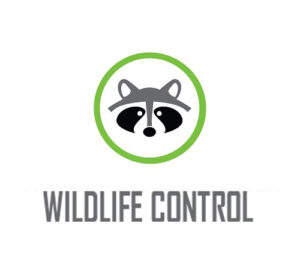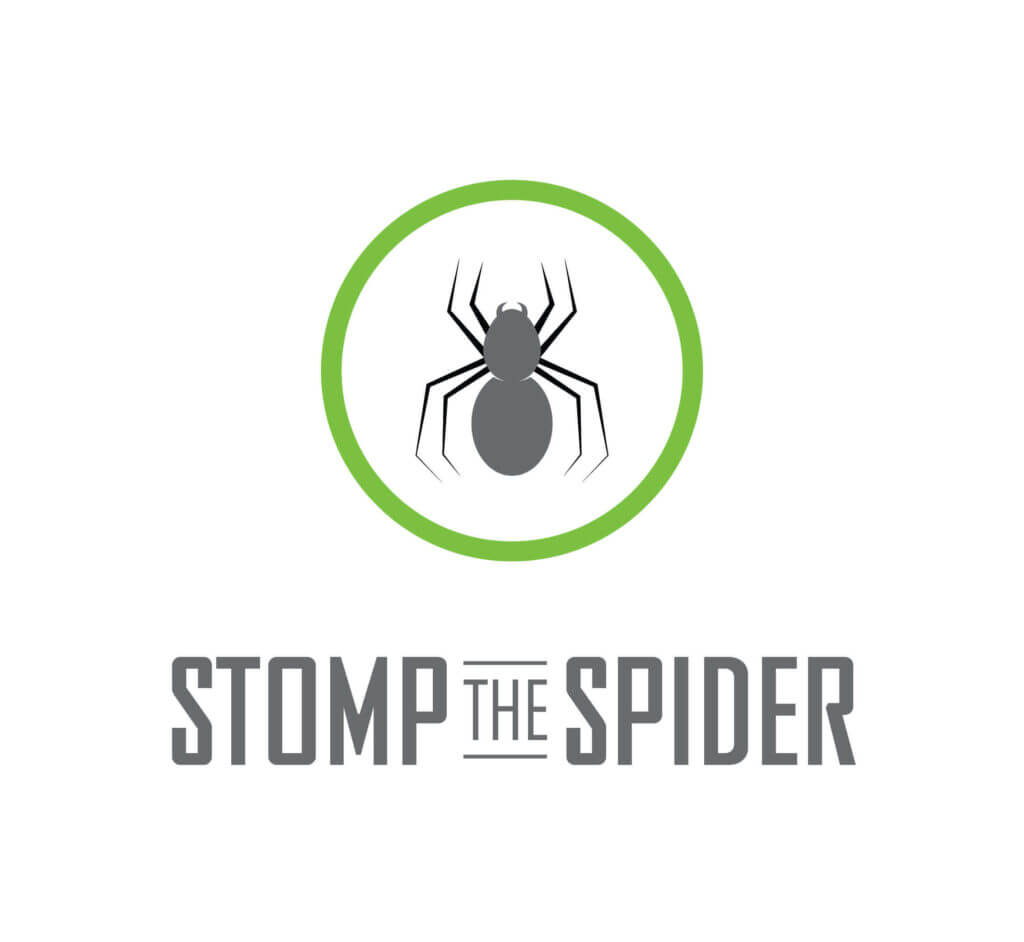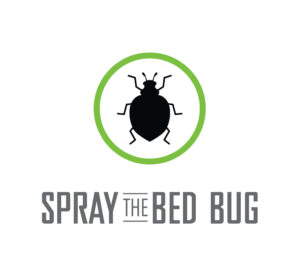Wildlife sightings can be exciting when they occur outside your home. However, when the animals get inside your home, it can be annoying and even dangerous. Skedaddle Humane Wildlife Control removes nuisance wildlife from your home and relocates them outside without harming them.
What Is Life Like in Orangeville?
While Dufferin County is largely agricultural, Orangeville is an exception. In addition to being the county seat, it is also Dufferin’s hub for manufacturing and commerce. It is located along the Niagara Escarpment at the source of four major rivers: the Credit, the Grand, the Nottawasaga, and the Humber. The Headwaters region offers some of the best and most accessible hiking trails in southern Ontario in the numerous conservation areas and provincial parks. It has been increasingly common for the farmland surrounding Orangeville to be converted to residential development along the edge of town, creating an interesting opportunity for wildlife to adapt and thrive in new urban settings.
What Conditions May Increase the Risk for Wildlife Incursion Into Orangeville Homes?
Some of the beautiful qualities that make Orangeville such a pleasant place to live also increase the risk of wildlife incursion. Many animals like to make their homes by the water, so Orangeville’s location in the Headwaters region becomes a risk factor for close interactions with wildlife.
Interactions with urban wildlife also occur more frequently in new subdivisions being built along the perimeter of town. While animal incursions are associated with old, dilapidated buildings, having a new construction home doesn’t necessarily mean your home is risk-free. Wild animals have ways of breaking through both old and new, and many of these new communities are built on formerly rural land.
There are several species of animals that can cause particular problems for Orangeville Residents:
• Bats
• Birds
• Mice
• Skunks
• Squirrels
• Raccoons
While all of these animals are motivated by a need for shelter from predators and inclement weather, they each have different habits. Raccoons like to make their homes close to reliable food sources at all times of year. They are likely to move into the attic, as are squirrels and birds. Bats may also move into the attic because they need warm, dark places to hibernate in the winter and raise their offspring in the summer. Mice do most of their feeding outside in the summer but look for shelter inside as the weather turns colder in fall and winter. Skunks cannot climb, so they look for protected areas close to the ground to dig dens for their offspring. All of these animals thrive in both urban and rural areas, which Orangeville and the rest of Dufferin county has to offer.
CHECK OUT OUR LATEST BLOG
How Does Wildlife Create Entry Points Into Our Homes?
How Mice and Bats Use the Same Entry Points?
Check Screens In Your Attic To Prevent Wildlife Infestations
What Makes Wildlife Incursion Potentially Dangerous?
All of these animals can transmit serious diseases to people and potentially to pets. For example, with the exception of birds, each of these animals can carry and transmit rabies. Infections of distemper, which does not harm humans but can affect house pets, have risen among the Dufferin County raccoon population. Although birds cannot carry rabies, they can spread other diseases, such as histoplasmosis.
Wildlife can also cause considerable damage to a structure. Raccoons often rip through roofing material, leaving damage to shingles, roofing material and roof vents. Squirrels and mice chew on electrical wiring and support beams. Birds clog vents with nesting material, creating fire hazards.
Because of the risk of injury or infection, it is not recommended that you attempt to remove a wild animal from your home by yourself. Our technicians are trained to not only remove the animals safely but also decontaminate the area and prevent them from getting back in. Contact us for services in Orangeville, Arthur, Elora, Erin, Fergus, Grand Valley, Mono, and Shelburne.


















